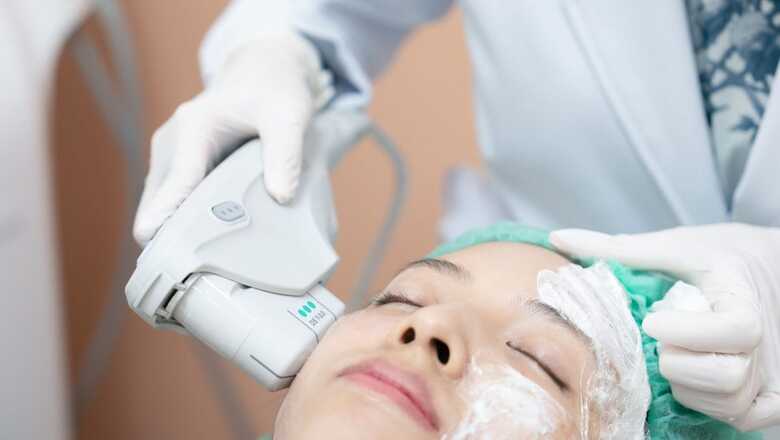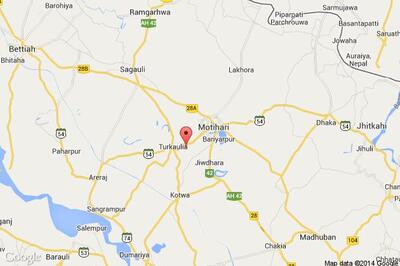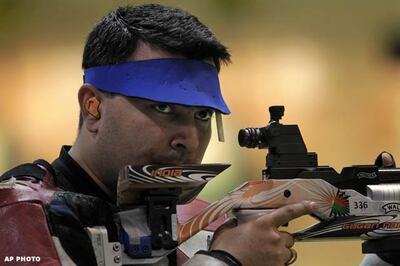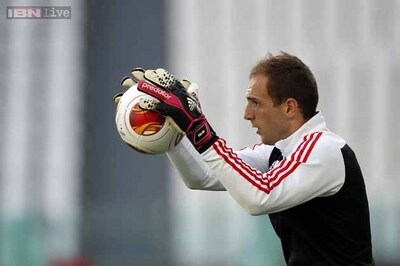
views
Ultherapy, a non-invasive treatment, goes deeper to stimulate the production of your body’s own collagen and elastin, for natural-looking results without surgery or downtime. It is the only FDA-cleared, non-invasive procedure that lifts the neck, chin and brow, and improves lines and wrinkles on the upper chest. Through ultrasound imaging, energy is delivered precisely to the place where it will benefit you most — for natural looking results that improve over time.
How does it work?
As a natural protein, collagen works to give skin its youthfulness by keeping it firm and toned. As we age, collagen breaks down, and the result is a loss of skin strength and elasticity. That’s where Ultherapy steps in and lifts it up, through ultrasound therapy.
Unlike lasers, radio frequency, surgery, and other technologies, nonsurgical Ultherapy bypasses the surface of the skin through ultrasound energy with focused imaging — to target just the right amount at the right depths and the right temperature. The result is a jumpstart to your body’s own collagen production.
Target areas
- Face and NeckUltherapy is frequently used to lift and tighten the skin on the face and neck, targeting areas such as the brow, jawline, and neck. It can help improve the appearance of jowls, loose skin on the neck, and sagging eyebrows.
- Décolletage (Chest)The chest area, known as the décolletage, is another common target for Ultherapy. It can help reduce the appearance of lines and wrinkles on the chest and improve overall skin tightness in this area.
- EyebrowsUltherapy can be used to lift and tighten the skin around the eyebrows, providing a non-surgical brow lift.
- Under the ChinThis treatment can effectively address loose skin and sagging under the chin, helping to create a more defined jawline.
- Around the MouthUltherapy can be applied to improve the appearance of lines and wrinkles around the mouth, commonly known as “smile lines” or “marionette lines.”
- Upper ArmsSome individuals use Ultherapy to target sagging skin on the upper arms, often referred to as “bat wings.”




















Comments
0 comment